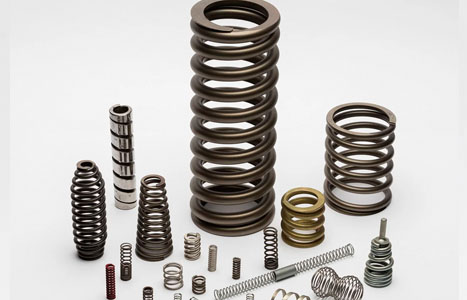
Tension Spring
Tension spring is a coil spring that bears axial tension. Stainless steel spring tension springs are generally made of round cross-section materials. When not bearing load, the coils of precision spring tension springs are generally tight and there is no gap between them.
Compression Spring
Manufacturer's compression spring is a coil spring that withstands directional pressure. The materials used are mostly circular in cross-section, and are also made of rectangular and multi-strand steel coils. The springs are generally equal-pitch compression springs. The shapes of compression springs are: cylindrical Shaped, conical, convex and concave shapes, as well as a small amount of non-circular shapes, etc., there is a certain gap between the coils of the compression spring. When the torsion spring is subjected to an external load, the spring shrinks and deforms, storing deformation energy.
Coil Spring
Coil spring is a torsion spring, which is a spring that can withstand torsional deformation. Its working part is also densely wound in a spiral shape. The end structure of the torsion spring is processed into torsion arms of various shapes instead of hook rings. Compression springs and torsion springs are often used in balancing mechanisms in machinery and are widely used in industrial production such as automobiles, machine tools, and electrical appliances.
Torsion Spring
Torsion spring uses the lever principle to twist or rotate soft and tough elastic materials, giving them great mechanical energy. Here are some introductions to common springs.


 +852-24221123
+852-24221123
 E-mail
E-mail
